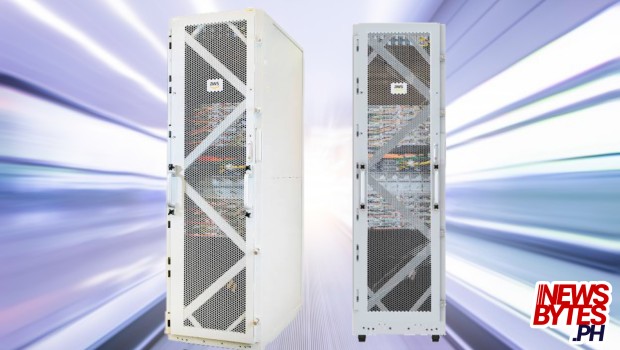Amazon Web Services (AWS), the tech company that is most synonymous with cloud computing, has announced the official availability in the Philippines of its on-premise fully managed service called AWS Outposts.

The US tech giant said AWS Outposts will be shipped and installed at local customer data centers and on-premises locations to enable businesses to leverage on AWS Services running their workloads and data and connecting to the nearest AWS Region for management and operation needs.
With Outposts, all AWS infrastructure, services, APIs, and even tools can be extended to any customer facility, the company said. This hybrid experience combines the convenience to access AWS products anywhere, and the low latency requirements of on-premise systems and local data processing. It can also benefit data residency needs, and application migration considering local system interdependencies.
“So far, for the past 14 years in Amazon Web Services, we have built up what is considered as the world’s most comprehensive and broadly adopted cloud platform. As of today, it consists of more than 200 fully featured services in terms of compute, storage, database, networking, analytics, robotics, machine learning, artificial intelligence, Internet of Things, security, and application deployment and management,” shared Paul Chen, head of solutions architect for AWS Asean during a virtual AWS Outpost media briefing.
By locally running Outposts, customers can use the full range of AWS services in the region to build, manage, and scale on-premises applications using the standard AWS tools. It is a scalable 42U rack that can scale up to 96 racks depending on the required compute and storage capacity. Eventually, AWS said it will also release a smaller rack-mountable 1U and 2U servers for limited spaces.
“They want the same kind of operational consistency and the same services and APIs so that their developers don’t have to relearn and take care of another kind of methodology, approach, or development platform for those kinds of things. They want the same tools for automation, for deployment, for security controls. They also want the same pace of innovation as in the cloud,” Chen said.
To run AWS infrastructure and services on-prem, customers will need to select a configuration on the AWS console depending on the compute and storage capacity requirements. AWS will then install Outposts on-site and set up network connectivity to AWS Region, and launch EC2 instances afterwards. Customers will then be able to build and run their apps using native AWS services on Outposts or in the AWS Region.




